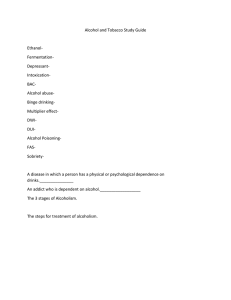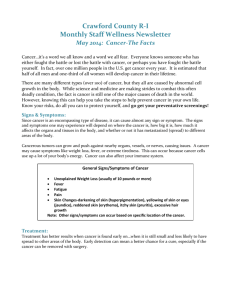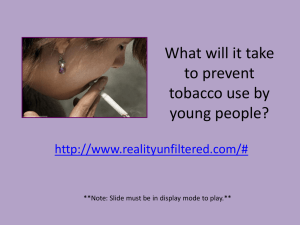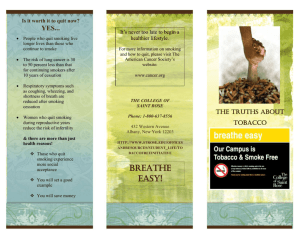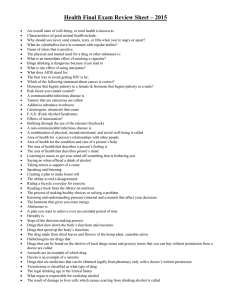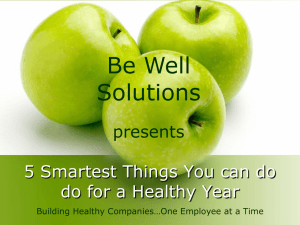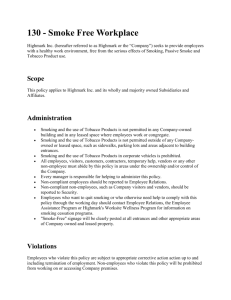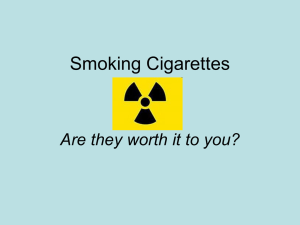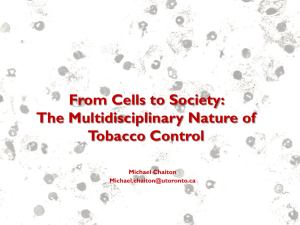17.5 notes
advertisement
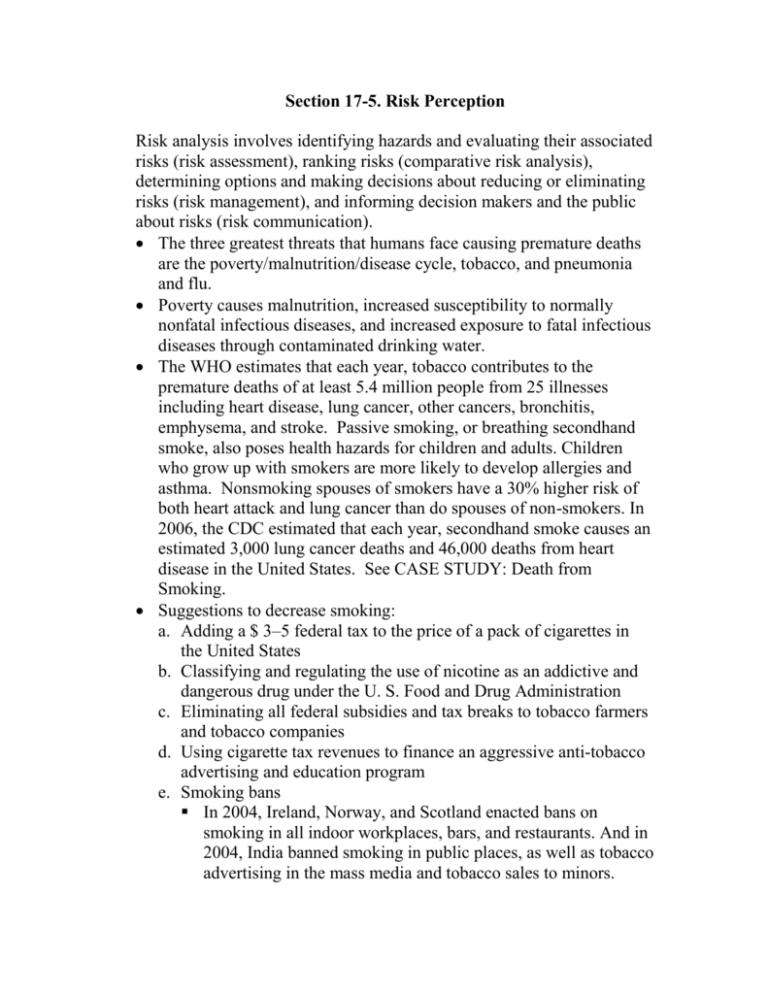
Section 17-5. Risk Perception Risk analysis involves identifying hazards and evaluating their associated risks (risk assessment), ranking risks (comparative risk analysis), determining options and making decisions about reducing or eliminating risks (risk management), and informing decision makers and the public about risks (risk communication). The three greatest threats that humans face causing premature deaths are the poverty/malnutrition/disease cycle, tobacco, and pneumonia and flu. Poverty causes malnutrition, increased susceptibility to normally nonfatal infectious diseases, and increased exposure to fatal infectious diseases through contaminated drinking water. The WHO estimates that each year, tobacco contributes to the premature deaths of at least 5.4 million people from 25 illnesses including heart disease, lung cancer, other cancers, bronchitis, emphysema, and stroke. Passive smoking, or breathing secondhand smoke, also poses health hazards for children and adults. Children who grow up with smokers are more likely to develop allergies and asthma. Nonsmoking spouses of smokers have a 30% higher risk of both heart attack and lung cancer than do spouses of non-smokers. In 2006, the CDC estimated that each year, secondhand smoke causes an estimated 3,000 lung cancer deaths and 46,000 deaths from heart disease in the United States. See CASE STUDY: Death from Smoking. Suggestions to decrease smoking: a. Adding a $ 3–5 federal tax to the price of a pack of cigarettes in the United States b. Classifying and regulating the use of nicotine as an addictive and dangerous drug under the U. S. Food and Drug Administration c. Eliminating all federal subsidies and tax breaks to tobacco farmers and tobacco companies d. Using cigarette tax revenues to finance an aggressive anti-tobacco advertising and education program e. Smoking bans In 2004, Ireland, Norway, and Scotland enacted bans on smoking in all indoor workplaces, bars, and restaurants. And in 2004, India banned smoking in public places, as well as tobacco advertising in the mass media and tobacco sales to minors. We can reduce the major risks we face by becoming informed, thinking critically about risks, and making careful choices. Five factors can cause people to see a technology or a product as being more or less risky than experts judge it to be: fear, degree of control we have, whether a risk is catastrophic (not chronic), some people suffer from optimism bias, and instant gratification. Some guidelines for evaluating and reducing risk: a. Compare risks. Is there a risk of getting cancer by eating a charcoal-broiled steak once or twice a week for a lifetime? Yes, because almost any chemical can harm you if the dose is large enough. The question is whether this danger is great enough for you to worry about. In evaluating a risk, the key question is not “Is it safe?” but rather “How risky is it compared to other risks?” b. Determine how much risk you are willing to accept. For most people, a 1 in 100,000 chance of dying or suffering serious harm from exposure to an environmental hazard is a threshold for changing their behavior. However, in establishing standards and reducing risk, the U.S. EPA generally assumes that a 1 in 1 million chance of dying from an environmental hazard is acceptable. People involuntarily exposed to such risks believe that this standard is too high. c. Determine the actual risk involved. The news media usually exaggerate the daily risks we face in order to capture our interest and sell newspapers and magazines or gain television viewers. As a result, most people believe that the world is much more riskfilled than it really is. d. Concentrate on evaluating and carefully making important lifestyle choices, and you will have a much greater chance of living a longer, healthier, happier, and less fearful life.
